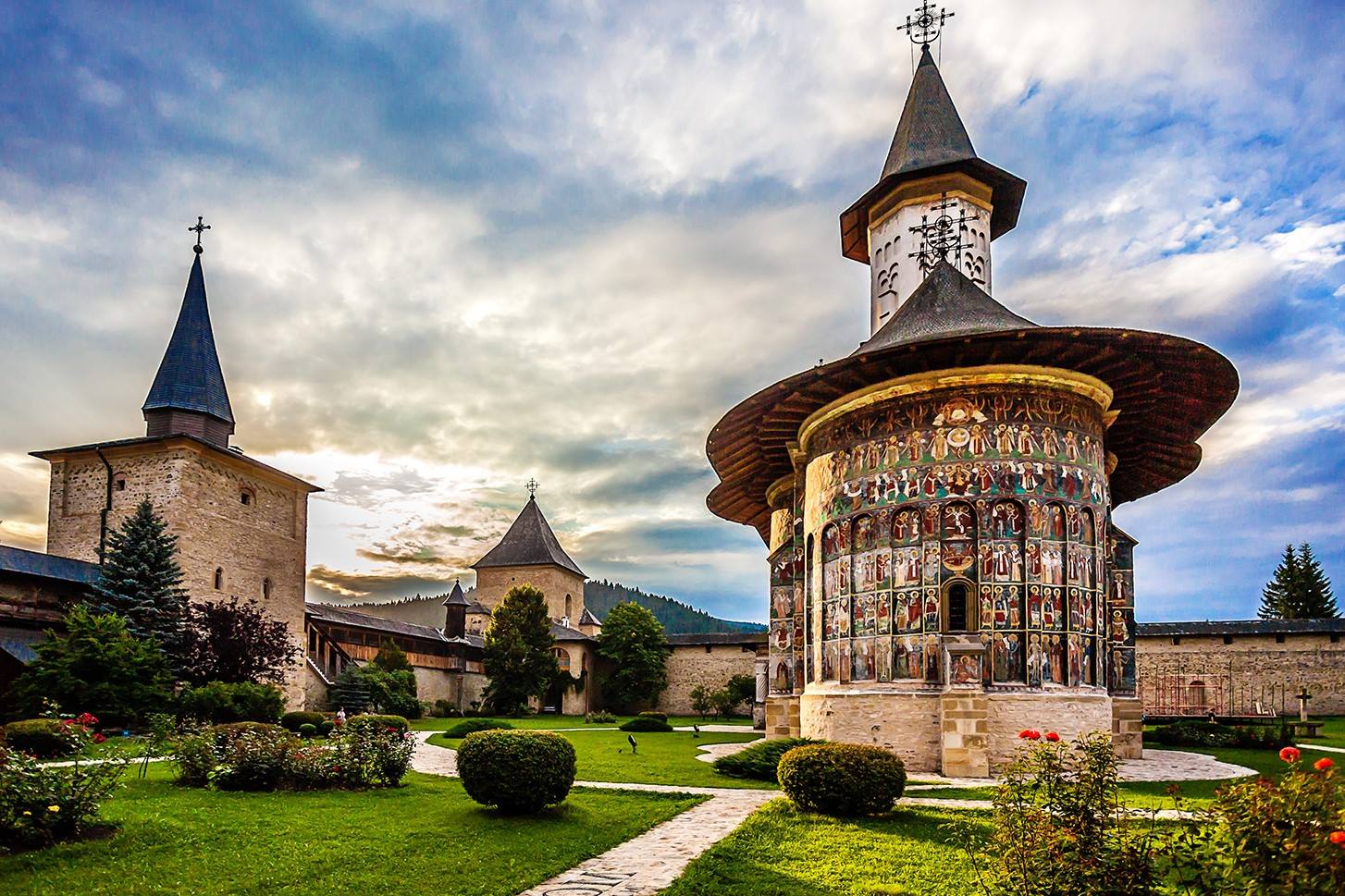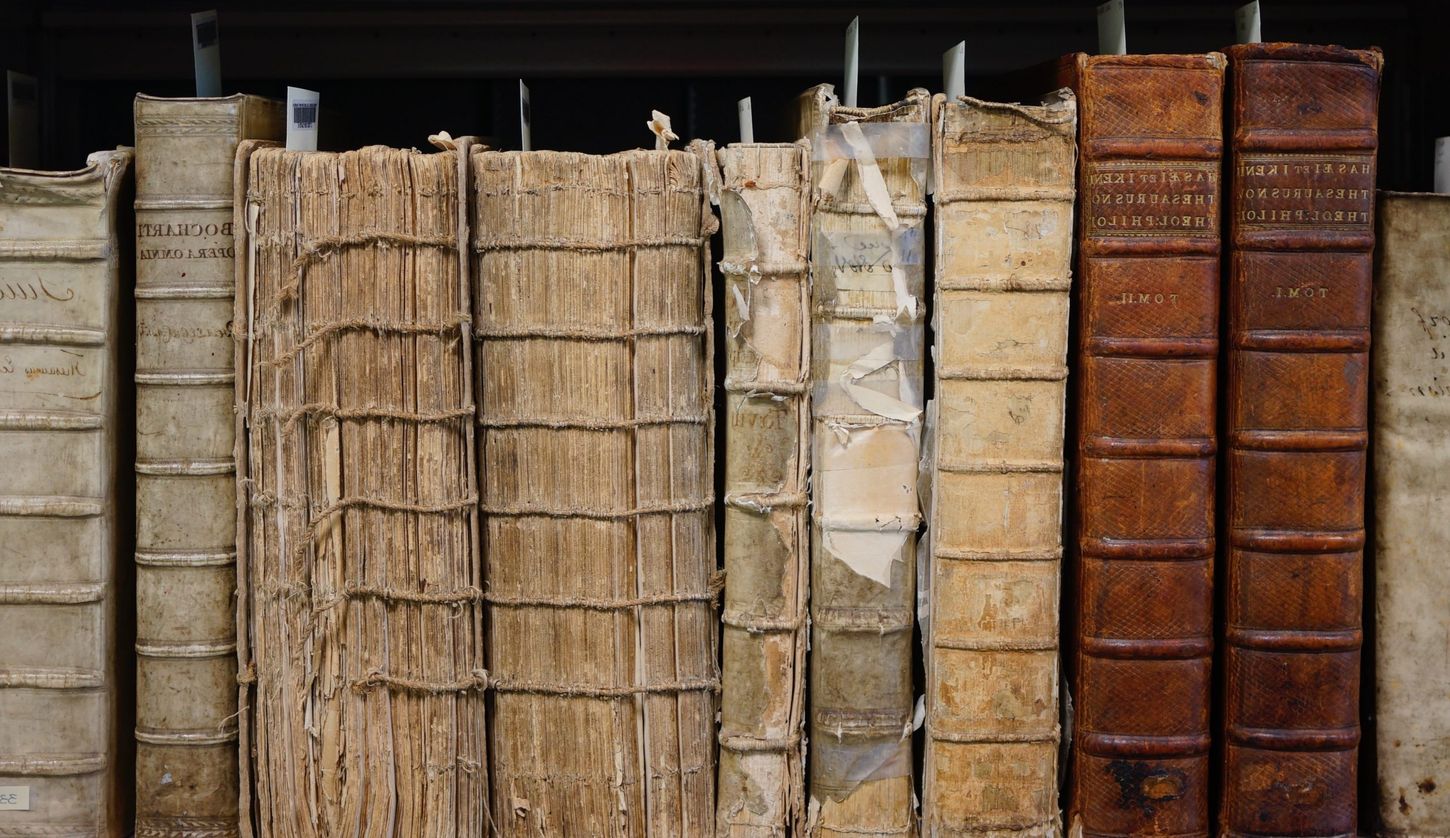
Sucevita Monastery, nestled in the heart of Romania, is a treasure trove of history and art. Built in the late 16th century, this stunning monastery is a testament to the rich cultural heritage of the region. Its walls are adorned with vibrant frescoes that tell stories from the Bible, making it a visual feast for visitors. Why is Sucevita Monastery so special? It’s not just the art; the monastery also boasts unique architectural features blending Gothic and Byzantine styles. The lush green surroundings add to its serene atmosphere, making it a perfect spot for reflection. Whether you're a history buff, an art lover, or someone seeking peace, Sucevita Monastery offers something for everyone. Ready to dive into the fascinating facts about this iconic site? Let’s get started!
Key Takeaways:
- Sucevita Monastery, a 16th-century marvel in Romania, boasts well-preserved frescoes and a unique architectural blend. It holds cultural significance as an active monastic community and a repository of ancient religious artifacts.
- The monastery's walls tell stories of biblical scenes and saints through intricate frescoes. Its dedication to the Resurrection of Jesus, fortified structure, and panoramic views from the bell tower make it a historical and artistic wonder.
Sucevita Monastery: A Historical Gem
Sucevita Monastery, located in Romania, is a stunning example of Byzantine and Gothic architecture. This UNESCO World Heritage site is rich in history and culture. Let's dive into some fascinating facts about this remarkable place.
-
Sucevita Monastery was built in the late 16th century. Construction began in 1585 and was completed in 1601. The Movilești family, a prominent noble family, funded its construction.
-
The monastery is part of the Painted Churches of Northern Moldavia. These churches are famous for their exterior frescoes, which depict biblical scenes and saints.
-
The frescoes at Sucevita are incredibly well-preserved. Despite being over 400 years old, the vibrant colors and intricate details of the frescoes remain intact.
-
The "Ladder of Virtues" is a notable fresco at Sucevita. This fresco illustrates the journey of souls ascending to heaven, guided by angels and hindered by demons.
-
Sucevita Monastery has a unique architectural style. It combines elements of Byzantine, Gothic, and Moldavian architecture, making it a unique and visually striking structure.
The Monastic Life and Cultural Significance
The monastery is not just an architectural marvel; it also holds great cultural and religious significance. Monks still live and worship here, maintaining centuries-old traditions.
-
Sucevita Monastery is an active monastic community. Monks continue to live, pray, and work within the monastery's walls, preserving its spiritual heritage.
-
The monastery houses a valuable collection of religious artifacts. These include ancient manuscripts, icons, and liturgical objects, some dating back to the 15th century.
-
Sucevita Monastery played a crucial role in Romanian history. It served as a cultural and religious center, influencing the region's spiritual and artistic development.
-
The monastery's library contains rare and ancient books. These texts offer insights into the religious and cultural history of the region.
-
Sucevita Monastery is a UNESCO World Heritage site. It was designated as such in 1993, recognizing its outstanding cultural and historical value.
Architectural Marvels and Artistic Wonders
The architectural and artistic elements of Sucevita Monastery are truly awe-inspiring. Each corner of the monastery tells a story through its design and decoration.
-
The monastery's walls are adorned with intricate frescoes. These frescoes cover both the interior and exterior walls, depicting scenes from the Bible and the lives of saints.
-
The church within the monastery is dedicated to the Resurrection of Jesus. This dedication is reflected in the themes of the frescoes and the overall design of the church.
-
Sucevita Monastery features a fortified structure. Thick walls and defensive towers were built to protect the monastery from invaders.
-
The monastery's bell tower offers stunning views. Climbing to the top provides a panoramic view of the surrounding landscape, showcasing the beauty of Northern Moldavia.
Final Glimpse at Sucevita Monastery
Sucevita Monastery stands as a testament to Romania's rich history and cultural heritage. Its vivid frescoes, unique architecture, and spiritual significance make it a must-visit destination. The green hues of the frescoes, symbolizing hope and renewal, are a sight to behold. The fortified walls tell tales of a bygone era, offering a glimpse into the past. Visitors often find themselves captivated by the intricate details and stories depicted in the artwork.
Whether you're a history buff, an art lover, or someone seeking spiritual solace, Sucevita Monastery offers something for everyone. Its blend of art, history, and spirituality creates an unforgettable experience. So next time you're in Romania, make sure to add Sucevita Monastery to your itinerary. You'll leave with a deeper appreciation for the rich tapestry of Romanian culture and history.
Frequently Asked Questions
Was this page helpful?
Our commitment to delivering trustworthy and engaging content is at the heart of what we do. Each fact on our site is contributed by real users like you, bringing a wealth of diverse insights and information. To ensure the highest standards of accuracy and reliability, our dedicated editors meticulously review each submission. This process guarantees that the facts we share are not only fascinating but also credible. Trust in our commitment to quality and authenticity as you explore and learn with us.


